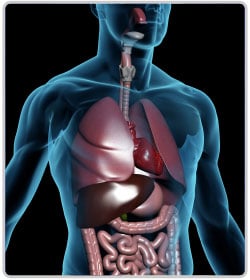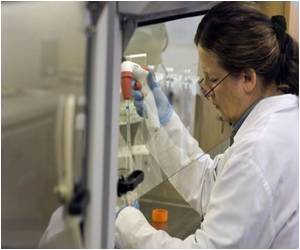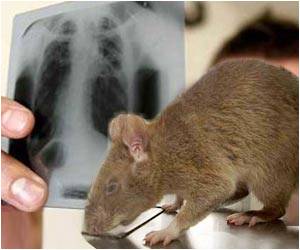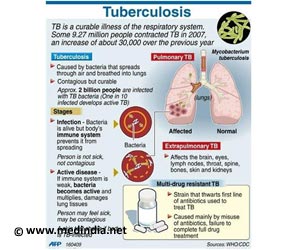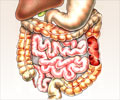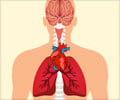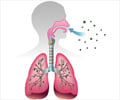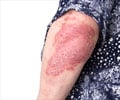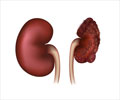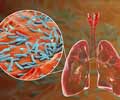How can we Diagnose Tuberculosis?
Tuberculosis symptoms can be diagnosed using sputum test, Mantoux test, chest X-ray, CT scan and blood tests.
Sputum test -
Microscopic sputum analyses or cultures can find Tb bacteria in the sputum.
Three sputum samples (2 on the spot and 1 overnight collection) are collected and tested. Based on the results the patients are classified as-
- If the sputum is positive then the patient is sputum positive TB patient.
- If the sputum is negative but the Chest X-ray shows features suggestive of active TB then the patient is a sputum negative TB patient.
Mantoux test -
The most common diagnostic test for tuberculosis is a simple skin test called the Mantoux test. This test consists of a small amount of purified protein derivative (PPD) tuberculin that is injected into the forearm.
The test results are noted after 48 to 72 hours. A hard, raised red bump at the injection site usually indicates a positive test for TB.
Chest X-ray and CT-scan of lungs -
Chest x-rays and computer tomography (CT) scans of the lungs are also used to diagnose TB.
If the immune system traps the tuberculosis bacteria and creates scar tissue, this tissue and the lymph nodes may harden like stone in the calcification process. This results in granuloma i.e. rounded marble-like scars that often appear on X-rays and CT scans.
Blood tests-
Blood tests may also be used to determine whether TB is active or latent (inactive).
Other tests for diagnosing pulmonary TB are-
- Bronchoscopy
- Bronchoalveolar lavage
- MRI of lungs
- Lung biopsy
- Fundoscopy
- Biopsy of the affected tissue (rare)
- Interferon-gamma release blood test such as the QFT-Gold test to test for TB infection
- Thoracentesis



